Article
Korobeynikova E.Yu., Leonov S.V., Polikanova I.S. (2017). Psychological features of attention in archery. National Psychological Journal. 2, 35-45
Abstract
The issue of attention is one of the leading in sports psychology. Quite often, athletes’ failures in competitions are ultimately connected with the attention processes, i.e. distraction, switching or loss of concentration. Simultaneously, each particular kind of sport is distinguished by a specific competitive situation and accordingly presents a number of requirements to athletes, including attention features. Archery is no exception. Thus, in shooting sports, concentration and stability of attention are often deemed as the most significant features of attention.
The paper is devoted to the study of the attention dynamic properties in archers. Attention features of athletes were assessed depending on the sports major, gender, age, experience and level of competence. 65 archers from different regions of Russia took part in the study, including 34 males and 31 females, the average age being 16.29 ± 1.74. Experience ranges from 1 year to 8 years, average experience is 4.46 ± 1.93.
The research results showed that archers are characterized by high indicators of stability of attention, and also high efficiency of solving attention problems. The professional success of archery was associated with the ability to distribute attention when necessary. At the same time, there were no significant differences in the features of attention for recurved and compound archers, which indicates the uniformity of tasks related to attention in the sporting practice of archers. Summing up, it is necessary to include skills in the distribution of attention in the program of psychological training of archers.
Accepted: 05/27/2017
Pages: 35-45
DOI: 10.11621/npj.2017.0205
PDF: Download
Keywords: sport psychology; attention in sports; attention properties; archery;
Available Online 28.06.2017
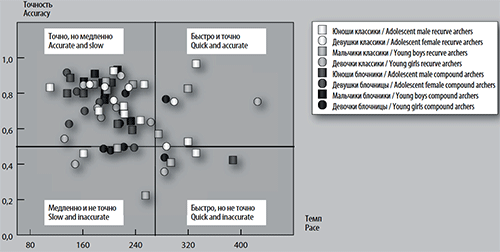
Fig. 1. Efficiency of «blindness to change» method
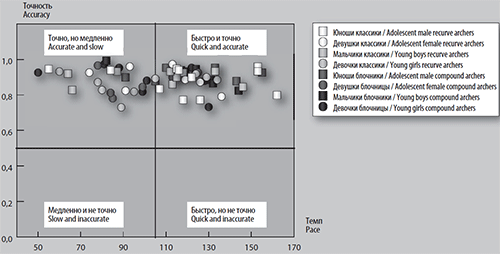
Fig 2. Efficiency of Landolt (broken) rings test
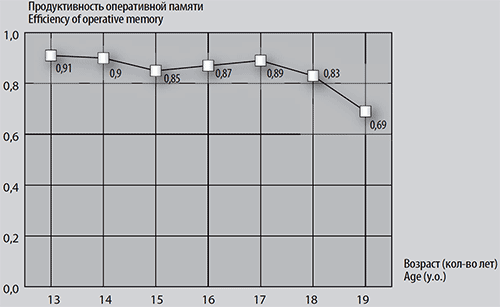
Fig. 3. The influence of age on memory effectiveness
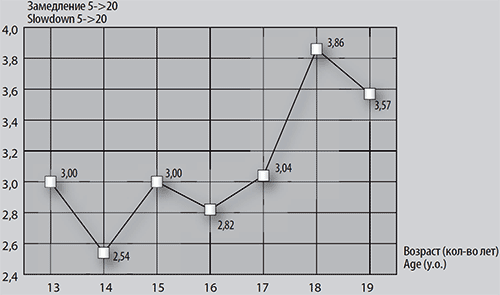
Fig. 4. The influence of age on «slowdown 5->20» indicator
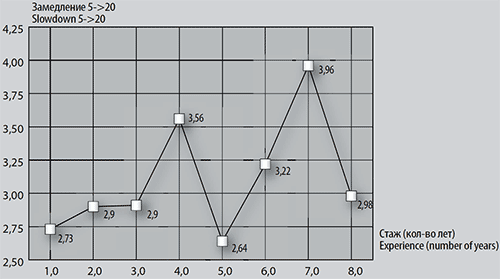
Fig. 5. The influence of experience on «slowdown 5->20» indicator
Table 1. Method indicators by gender
|
|
Males |
Females |
||
|
Mean Value |
Standard Divergent |
Mean Value |
Standard Divergent |
|
|
Working time used by Landolt (broken) rings test |
563,68* |
153,81 |
493,47* |
147,77 |
|
Attention concentration index for Landolt (broken) rings test |
89,08** |
20,75 |
104,60** |
23,41 |
|
Pace for Landolt (symbols per minute) rings test |
101,48* |
22,87 |
116,65* |
26,34 |
* Differences are significant at 0,05
** Differences are significant at 0,01
Table 2. Method values in archers of different age
|
|
The Younger |
The Older |
||
|
Mean Value |
Standard Divergent |
Mean Value |
Standard Divergent |
|
|
Slowdown 5->20 for "blindness to change" method |
2.85* |
0.50 |
3.40* |
0.97 |
* Differences are significant at 0,05
Table 3. Method values in archers with different levels of professional success
|
|
Russian Region Team |
Russian Team |
||
|
|
Mean Value |
Standard Divergent |
Mean Value |
Standard Divergent |
|
Number of mistakes for "red-black tables" method |
3,50* |
2,04 |
2,38* |
2,40 |
|
Reaction for "red-black tables" method |
4,79* |
0,82 |
4,26* |
0,98 |
* Differences are significant at 0,05
References:
Baidychenko, Т.V. (2013) Features of psychomotor abilities for improving the technical preparedness of archers. [Sportivnyy psikholog], 1 (28), 22–27.
Bolotin, A.E. (2014) The factors that determine the high efficiency of archery. [Uchenye zapiski universiteta im. P.F. Lesgaft], 3 (109), 33–35. doi: 10.5930/ issn.1994-4683.2014.03.109.p33-35
Bertollo, M. (2012) Temporal pattern of pre-shooting psycho-physiological states in elite athletes: A probabilistic approach. M. Bertollo, C. Robazza, & W.N. Falasca Psychology of Sport and Exercise, 13, 91–98. doi: 10.1016/j.psychsport.2011.09.005
Bortoli, L. (2012) Striving for excellence: A multi-action plan intervention model for Shooters. L. Bortoli, M. Bertollo, Y. Hanin et al. Psychology of Sport and Exercise, 13, 693–701. doi: 10.1016/j.psychsport.2012.04.006
Dashinimayeva, A.B-Ts. (2012) Research of individual-typological features of high-profile archers. [Sportivnyy psikholog], 3 (27), 35–39.
Erickson, G.B. (2007) Sports vision: vision care for the enhancement of sports performance. Oxford, Butterworth-Heinemann, 308.
Falikman, M.V. (2010) General psychology: Attention. Ed. B.S. Bratus’. In 7 vol. Moscow, Izdatel’skiy tsentr «Akademiya», Vol. 4, Attention, 480.
Itkis, M.A. (1982) Special preparation of archers. Moscow, DOSAAF, 128.
Gusev, A.N. (2014) Stimulus determinants of the phenomenon of change blindness. A.N. Gusev, O.A. & Mikhaylova, I.S. Utochkin Psychology in Russia: State of the Art, 1 (7), 122–134. doi: 10.11621/pir.2014.0112
Haywood, K.M. (2006) Psychological aspects of archery. The Sport Psychologist’s Handbook: A Guide for Sport-Specific Performance Enhancement. Ed. by J. Dosil. London, John Wiley & Sons, Ltd, 549–566.
Kasatkin, V.N. (2014) Two-level survey of the mental preparedness of athletes. [Sportivnyy psikholog], 2 (33), 11–17.
Lee, KH. (2009) Evaluation of attention and relaxation levels of archers in shooting process using brain wave signal analysis algorithms. 감성과학, 3 (12), 341–350.
Mason, B.R. (1986) Body stability and performance in archery. B.R. Mason, & P.P. Pelgrim. Excel, 2 (3), 17–20.
Naidiffer, R.M. (1979) Psychology of competing athlete. Moscow, Fizkul’tura I sport, 224.
Nasledov, A.D. (2004) Mathematical methods of psychological research. Analysis and interpretation of data. Textbook. SPb., Rech’, 392.
Oreshkina, T.I. (2009) Development of the properties of mental processes as a component of the psychological preparation of an athlete. [Vestnik sportivnoy nauki], 2, 8–11.
Romanina, E.V. (2012) Model indicators of psychomotor qualities of high-profile archers. [Teoriya i praktika prikladnykh i ekstremal’nykh vidov sporta], 2 (24), 33–36.
Safonov, V.K. (2013) Psychology in sports: theory and practice. St. Petersburg, Izdatel’stvo Sankt Petersburgskogo Universiteta, 232.
Serov, L.K. (2007) Psychology of the athlete’s personality: textbook. Moscow, Sovetskiy Sport, 116.
Strydom, B. (2010) The role of vision and visual skills in archery. B. Strydom, & J.T. Ferreira. The South African Optometerist, 1 (69), 21–28. doi: 10.4102/aveh.v69i1.123
Weinberg, R.S. (1998) Fundamentals of the psychology of sports and physical education. Kiev, Olimpiyskaya literatura, 335.
For citing this article:
Korobeynikova E.Yu., Leonov S.V., Polikanova I.S. (2017). Psychological features of attention in archery. National Psychological Journal. 2, 35-45


